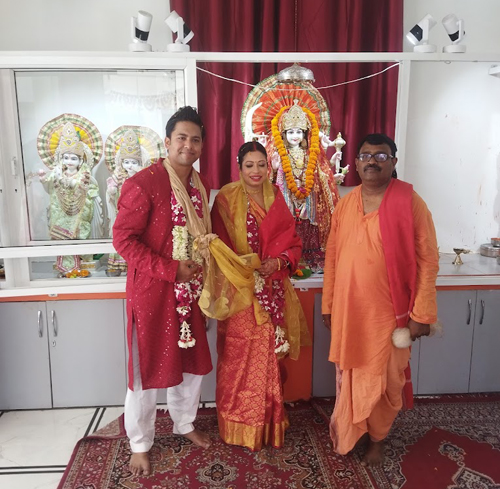
Marriage Ceremony (Vivah Sanskar)
Vivah Sanskar is one of the most significant and sacred of the sixteen Hindu samskaras (rites of passage), symbolizing not just the union of two individuals, but also the blending of two families, destinies, and dharmic paths. Rooted in Vedic traditions, the Hindu marriage ceremony is a spiritually profound ritual that sanctifies love, trust, and companionship for a lifetime.
1- The ceremony includes essential rituals such as:
2- Ganesh Puja (for removing obstacles)
3- Kanyadaan (sacred giving away of the bride)
4- Panigrahan (acceptance of the bride by the groom)
5- Saptapadi (seven sacred steps and vows around the fire)
6- Mangalsutra Dharan and Sindoor Daan (symbols of commitment)
7- Havan and Vedic mantras invoking divine blessings
Vivah Sanskar is performed with the guidance of learned priests and includes traditional music, attire, and customs based on regional and cultural variations (e.g., North Indian, South Indian, Bengali, Gujarati, Marathi).
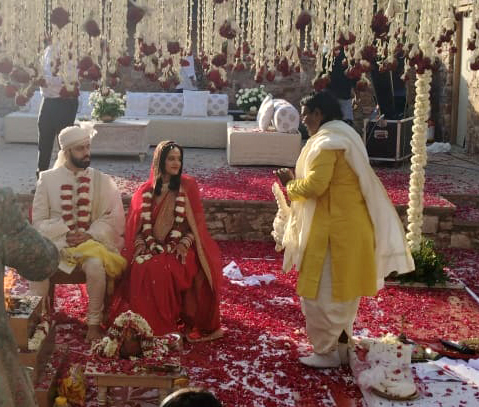
Destination Marriage (Vivah)
Destination Vivah blends the sanctity of Vedic marriage rituals with the charm of a picturesque setting, creating a truly memorable experience. Whether it’s a beach, palace, mountain resort, or a heritage temple, this ceremony brings together traditional Hindu Vivah Sanskar and the celebration of love in a breathtaking location.
The rituals include all essential components of a Hindu wedding:
1- Ganesh Puja, Kanyadaan, Panigrahan, Saptapadi, and Mangal Pheras
2- Vedic chants, Agni Havan, and blessings from elders and deities
3- Customized decor, attire, and settings tailored to your cultural background – be it North Indian, South Indian, Bengali, Gujarati, or fusion styles
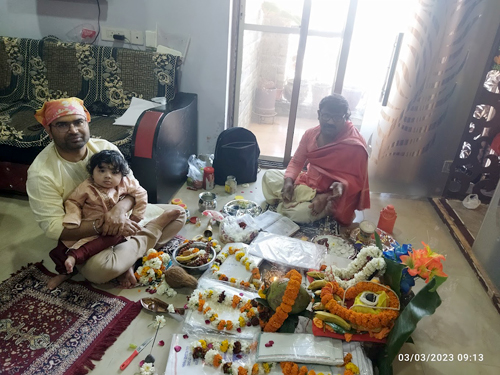
Naamkaran Sanskar (Naming Ceremony)
Naamkaran Sanskar is the traditional Hindu naming ceremony performed to officially bestow a newborn with a meaningful name in alignment with their birth star (Nakshatra) and horoscope (Janma Kundli). It is one of the sixteen Vedic sanskars (sacraments), signifying the beginning of a child’s personal and spiritual journey.
Typically performed on the 11th, 12th, or 21st day after birth (or an auspicious date), the ceremony includes:
1- Ganesh and Kalash Puja
2- Sankalpa (intention setting by parents)
3- Jatakarma (invoking blessings for intellect and health)
4- Naam Uchcharan (whispering the name in the baby’s ear)
5- Havan and Vedic mantras for protection, wisdom, and longevity
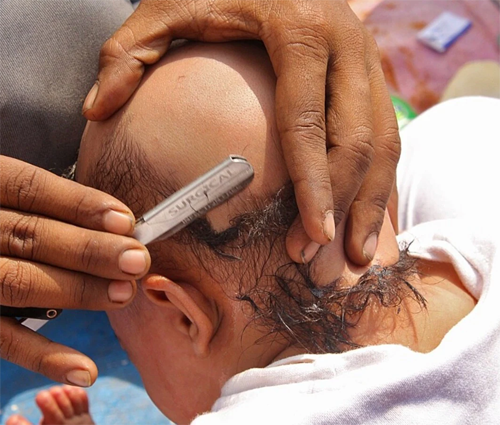
Mundan Sanskar (First Haircut)
Mundan Sanskar, also known as Chudakarana, is the sacred first haircut ceremony performed for a child, usually between the ages of 1 to 3 years, as part of the sixteen Hindu Sanskaras (rites of passage). This ritual symbolizes the shedding of past karmas and the start of a fresh, blessed chapter in the child’s life.
The ceremony is based on the belief that hair from birth carries negativity from past lives, and its removal purifies the mind, body, and spirit—enhancing the child’s health, longevity, and intellectual development.
Key rituals include:
1- Ganesh and Kalash Puja for auspicious beginnings
2- Havan (Fire Ritual) with Vedic mantras
3- The actual hair-cutting by a priest or family elder, while chanting blessings
4- Offering the cut hair in a holy river or temple, as per tradition
5- Aarti and blessings from elders and family
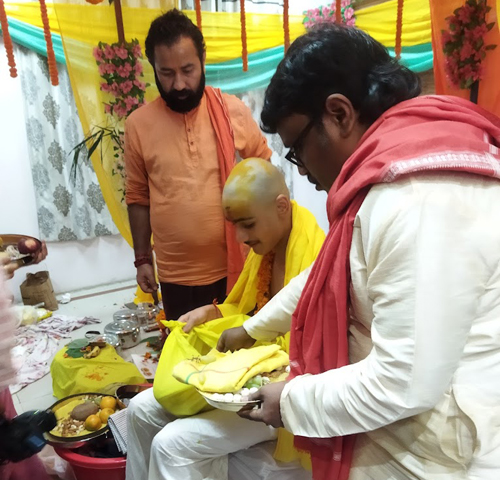
Upanayan (Poite)
Upanayan Sanskar, also known as Poite (Poitā) in Bengali and other regional traditions, is the sacred thread ceremony that marks a boy’s initiation into the path of Vedic learning, discipline, and spiritual responsibility. It is one of the most revered of the sixteen Hindu Sanskaras (rites of passage), traditionally performed for Brahmin, Kshatriya, and Vaishya boys, usually between the ages of 7 and 16.
The ceremony symbolizes the child’s second birth (Dvija) — a spiritual rebirth through knowledge. The boy is introduced to the Gayatri Mantra, given the Yajnopavita (sacred thread), and begins a life of brahmacharya (studenthood and self-discipline).
Key rituals include:
1- Ganesh Puja and Kalash Sthapana
2- Havan and Vedic mantra chanting
3- Brahmopadesham – initiation into the Gayatri Mantra
4- Yajnopavita Dhaaran – wearing the sacred thread
5- Bhiksha (alms round) to teach humility and detachment
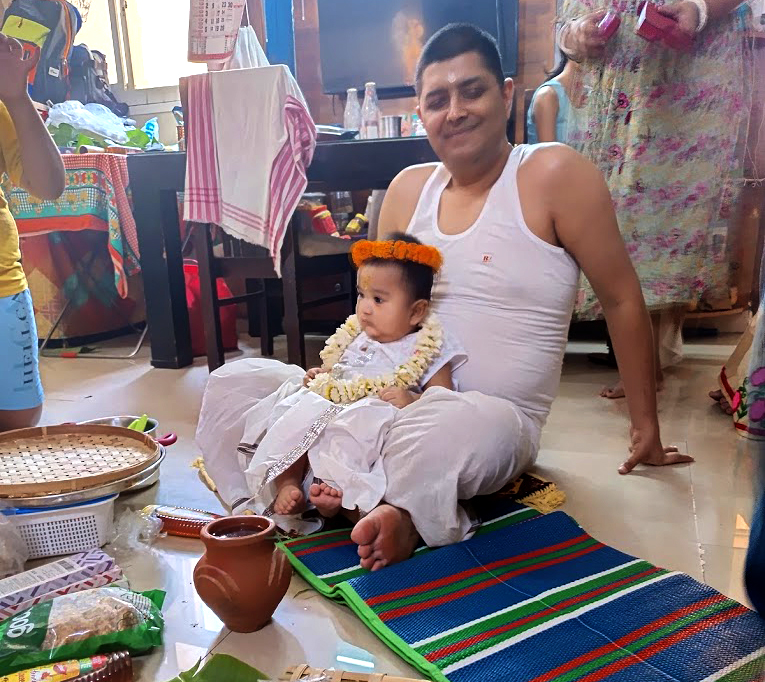
Annaprashan (Rice Feeding Ceremony)
Annaprashan, also known as the Rice Feeding Ceremony, is a cherished Hindu ritual that celebrates a baby’s first intake of solid food, usually rice, marking the transition from breastfeeding to nourishment from the earth. Performed between the 6th and 8th month (for boys) and 5th to 7th month (for girls), it is one of the essential sixteen Sanskars (Shodasha Samskaras) in Hindu tradition.
The word Annaprashan means “grain initiation,” and this ritual symbolizes health, longevity, and prosperity in the child’s life.
Key elements of the ceremony include:
1- Ganesh Puja and Navagraha Shanti for auspicious blessings
2- Havan (Fire Ritual) with Vedic chants
3- Feeding the first morsel of rice (often sweetened) by parents or elders
4- Aarti, blessings, and gift-giving from family and guests
5- Traditional games that hint at the child’s future interests or career
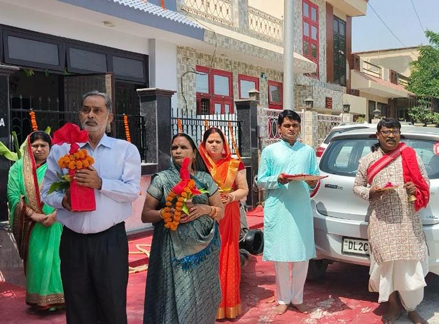
Griha Pravesh (Housewarming)
Griha Pravesh is the sacred housewarming ceremony performed before entering a new home for the first time. Rooted in the Vastu Shastra and Vedic traditions, this ritual purifies the space, wards off negative energies, and invokes divine blessings for peace, prosperity, health, and happiness in the new residence.
There are three types of Griha Pravesh:
1- Apoorva – for a completely new home
2- Sapoorva – for re-entry after traveling or being away
3- Dwandwah – after renovation or reconstruction following calamity
4- Key rituals include:
5- Ganapati Puja and Kalash Sthapana
6- Navagraha and Vastu Puja for balancing cosmic energies
7- Havan (fire ritual) for purification and positivity
8- Boiling milk and first meal in the home for Shubh Aarambh
9- Aarti and chanting for divine protection
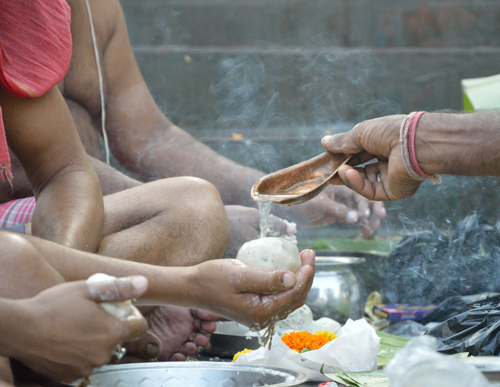
Last Rites / Pind Daan
Last Rites and Pind Daan are among the most sacred and compassionate Vedic rituals performed to offer salvation (moksha) to departed souls and help them attain peace in their spiritual journey. These rites express gratitude, love, and duty toward ancestors and recently departed family members, fulfilling the ultimate sanskar (Antyeshti) in Hindu tradition.
Pind Daan involves offering specially prepared rice balls (pindas) along with sesame seeds, water, and other sacred items to nourish and liberate the soul of the deceased from worldly ties. It is often performed at sacred locations like Gaya, Haridwar, Prayagraj, Varanasi, or Rameswaram, but can also be conducted at home or temples, guided by learned priests.
The ritual includes:
1- Tarpan (water oblations) with mantra chanting
2- Pind Daan with holy offerings
3- Havan and Shraddha karmas for peace and upliftment of the soul
4- Feeding Brahmins and donating essentials in memory of the departed
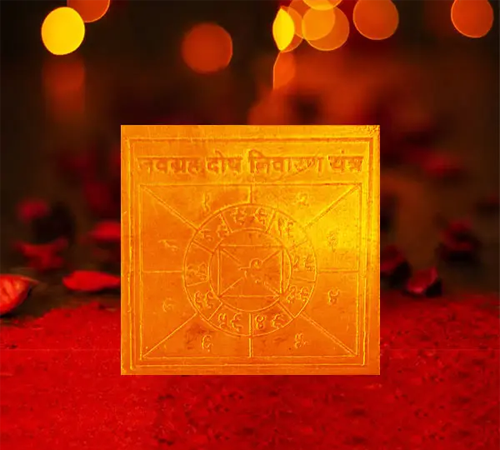
Dosh Nivaran
Dosh Nivaran refers to powerful Vedic rituals and pujas performed to neutralize malefic doshas (flaws or afflictions) in one’s birth chart (Janma Kundli) that cause repeated struggles, delays, and misfortunes. These doshas arise due to planetary imbalances, past karmas, or ancestral disturbances, and can affect health, marriage, career, finances, and mental peace.
Common doshas include:
1- Mangal Dosh (Mars affliction)
2- Kaal Sarp Dosh (all planets between Rahu & Ketu)
3- Pitra Dosh (ancestral debt)
4- Nadi Dosh, Shani Dosh, Guru Dosh, Chandal Dosh, etc.
Dosh Nivaran Puja is customized according to the type of dosha and usually includes:
1- Navagraha Shanti Puja
2- Mantra Japa and Havan dedicated to afflicted planets or deities
3- Yantra Sthapana for long-term protection
4- Charity and daan (donation) for karmic relief

